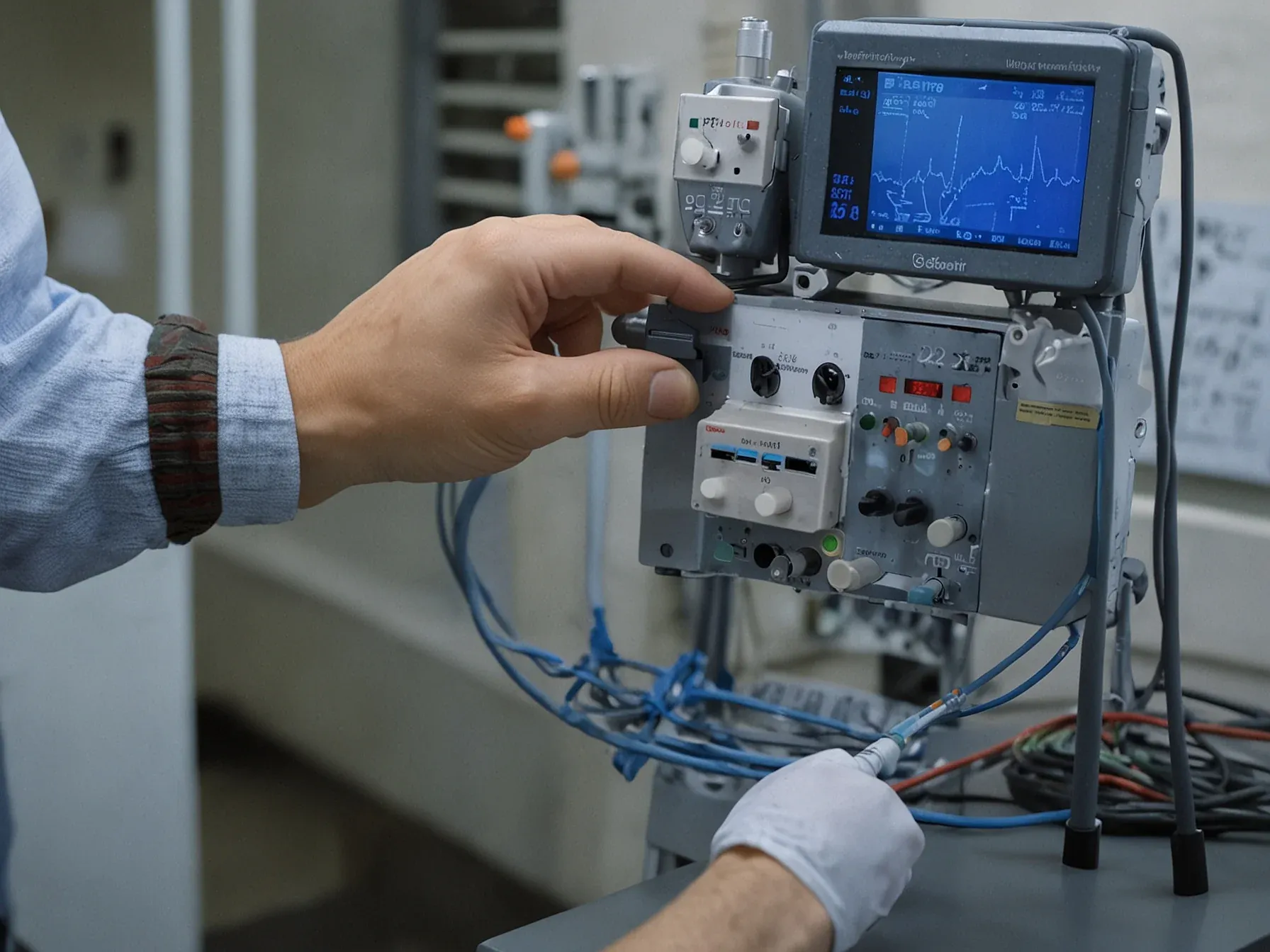
CrewAI Introduces Function-Based Guardrails for Rule‑Based Output Constraints
CrewAI’s latest release adds a new layer of control for language‑model agents. The company calls the feature “function‑based guardrails,” a tool that lets developers embed explicit rules directly into an agent’s output logic. In practice, that means a prompt can enforce concrete constraints—such as requiring certain keywords or minimum length—without relying on vague style cues.
By routing the agent’s response through a lightweight function, the system can automatically verify compliance before the text is returned to the user. This approach sidesteps the trial‑and‑error tweaking often needed when prompting large models, offering a more deterministic way to keep outputs on target. For teams that need strict adherence to formatting, branding, or regulatory language, the promise of rule‑based enforcement is appealing.
Below, the documentation spells out exactly how the guardrails behave and where they fit best.
The function will return: Function-based guardrails are best suited to rule-based scenarios such as: …
The function will return: Function-based guardrails are best suited to rule-based scenarios such as: For example you might say: "Output must include the phrases electric kettle and be at least 150 words long." These guardrails utilized an LLM in order to assess if an agent output satisfied some less stringent criteria, such as: Instead of writing code, just provide a text description that might read: "Ensure the writing is friendly, does not use slang, and feels appropriate for a general audience." Then, the model would examine the output and decide whether or not it passes.
Can a simple rule keep a clever agent honest? CrewAI’s new function‑based guardrails aim to do just that, inserting a lightweight check before any output proceeds further. The idea is straightforward: define explicit constraints—like requiring the phrase “electric kettle” and a minimum word count—and let an LLM verify compliance.
In theory, such rule‑based scenarios fit the guardrails well, offering a clear pass/fail signal without heavy‑handed supervision. Yet agents still drift, over‑explain or miss prompts, and the guardrails only catch violations that match the programmed rules. It remains unclear whether this approach can handle more subtle safety concerns or contextual errors that fall outside rigid criteria.
The mechanism does add a checkpoint, but its effectiveness depends on how comprehensively the rules capture real‑world expectations. For now, CrewAI provides a practical tool for specific constraints, while broader reliability questions linger. Whether these function‑based checks will become a standard part of AI workflows is still an open question.
Further Reading
- How CrewAI is evolving beyond orchestration to create the most powerful agentic AI platform - CrewAI Blog
- How to Make Your AI Agents More Reliable with CrewAI Task Guardrails (Step-by-Step Tutorial) - The How-To Guy
- Tasks - CrewAI Documentation - CrewAI Documentation
- Building Safe AI Agents: Integrating Amazon Bedrock Guardrails with CrewAI - AWS Builder
- CrewAI Unveils AOP to Scale Enterprise AI Agents - Techedge AI
Common Questions Answered
What are function‑based guardrails that CrewAI introduced for language‑model agents?
Function‑based guardrails are a new control layer that lets developers embed explicit rules directly into an agent’s output logic. The system routes the response through a lightweight function which automatically checks whether the output meets the defined constraints before it is delivered.
How can CrewAI’s guardrails enforce a minimum word count and required keywords such as "electric kettle"?
Developers can specify concrete constraints in the prompt, for example, "Output must include the phrase electric kettle and be at least 150 words long." The guardrail function then uses an LLM to verify that the generated text contains the phrase and meets the word‑count requirement, rejecting it if it fails.
Which types of scenarios are function‑based guardrails best suited for according to CrewAI?
CrewAI states that the guardrails excel in rule‑based scenarios where clear pass/fail criteria are needed, such as enforcing specific terminology, length limits, or tone guidelines. They are also useful for softer checks like ensuring the writing is friendly, avoids slang, and feels appropriate for the target audience.
How does the lightweight function verify compliance without heavy‑handed supervision?
The function leverages an LLM to assess the agent’s output against the predefined rules, returning a simple pass or fail signal. This lightweight check inserts a verification step before the output proceeds further, providing clear enforcement without extensive manual oversight.




